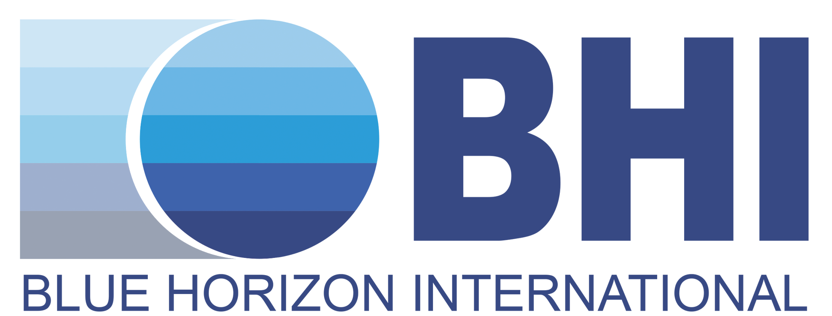Safety study of cultured human Wharton’s Jelly mesenchymal stem cell therapy for multiple indications – a retrospective descriptive study
Mehling B. M. , Wu D. C. , Santora D. , O’Gorman E. , Novakova K. , Spencer G. , Thomas C. , Grant R. , Rutherford R. , Mihályová R.
Topic: Regenerative Medicine, Stem cells Category: Original Articles
Abstract
OBJECTIVE: Human umbilical cord Wharton’s Jelly derived MSCs (WJ-MSCs) are reported as the most potent cell source of mesenchymal stem cells, however they remain understudied in comparison to autologous sources. This study aimed to evaluate the safety of WJ-MSC therapy for a range of conditions and administration routines, including intravenous, intrathecal, and intraarticular delivery.
PATIENTS AND METHODS: 22 subjects were retrospectively evaluated for adverse events following treatment with 1×108 WJ-MSCs for a range of conditions including neurological and osteoarthritic indications. Subjects were treated at Blue Horizon International (BHI) clinical sites; 13 subjects at BHI Slovakia (Nemocnica Malacky hospital, Slovakia) and 9 subjects were treated at BHI Jamaica (Montego Bay St. James and Ochos Rios, Jamaica) between 2018 to 2021. Subjects received 1 – 3 dosages of WJ-MSC via intravenous, intrathecal, or intraarticular administration depending on the indication.
RESULTS: Subjects were followed on for 6-months and the incidence of adverse events recorded. In total this study reported AEs in 3 subjects from the 32 doses administered in this study, resulting in an AE rate of 9.3%. Reported AEs consisted of chills and headaches both transient and mild, and resolved without concern. Blood profiling of 75 markers for health and disease in a single subject reported that WJ-MSC treatment poses no hematological safety concern, with only one dietary related marker showing marked change during the follow up period. In contrast, several out of reference hematological markers were corrected 8-months after WJ-MSC therapy.
CONCLUSIONS: We highlight the minimal occurrence of adverse reactions, most commonly chills and headache associated with intrathecal administration, following WJ-MSC therapy. Overall, this study supports the use of WJ-MSC therapy for various indications and provides safety data for future prospective studies.
We recommend
- Wharton’s Jelly-derived mesenchymal stem cells suppress apoptosis of nucleus pulposus cells in intervertebral disc degeneration via Wnt pathwayY.-T. Zhao et al., European Review for Medical and Pharmacological Sciences, 2020
- Umbilical cord-derived mesenchymal stem cells for COVID-19 patients with acute respiratory distress syndrome (ARDS)Lanzoni G. et al., CELLR4, 2020
- Safety Study of Intravenously Administered Human Cord Blood Stem Cells in the Treatment of Symptoms Related to Chronic Inflammation – Before Author’s CorrectionsMehling B. M. et al., CELLR4
- Microencapsulated umbilical cord Wharton Jelly-derived human mesenchymal stem cells for the cell therapy of type 1 diabetes mellitus (T1d): applications and limitsMontanucci P. et al., CELLR4, 2017
- The efficacy and safety of triplet regimens based on pomalidomide and dexamethasone for treatment of relapsed/refractory multiple myeloma: a systematic review and meta-analysisK.-Y. Liao et al., European Review for Medical and Pharmacological Sciences, 2022
Free PDF Download
To cite this article
Safety study of cultured human Wharton’s Jelly mesenchymal stem cell therapy for multiple indications – a retrospective descriptive studyCellR4 2022; 10: e3332
DOI: 10.32113/cellr4_202210_3332
Publication History
Submission date: 01 Jun 2022
Revised on: 27 Jun 2022
Accepted on: 20 Oct 2022
Published online: 27 Oct 2022












Leave a Reply